1. McDonald’s Onion Nuggets
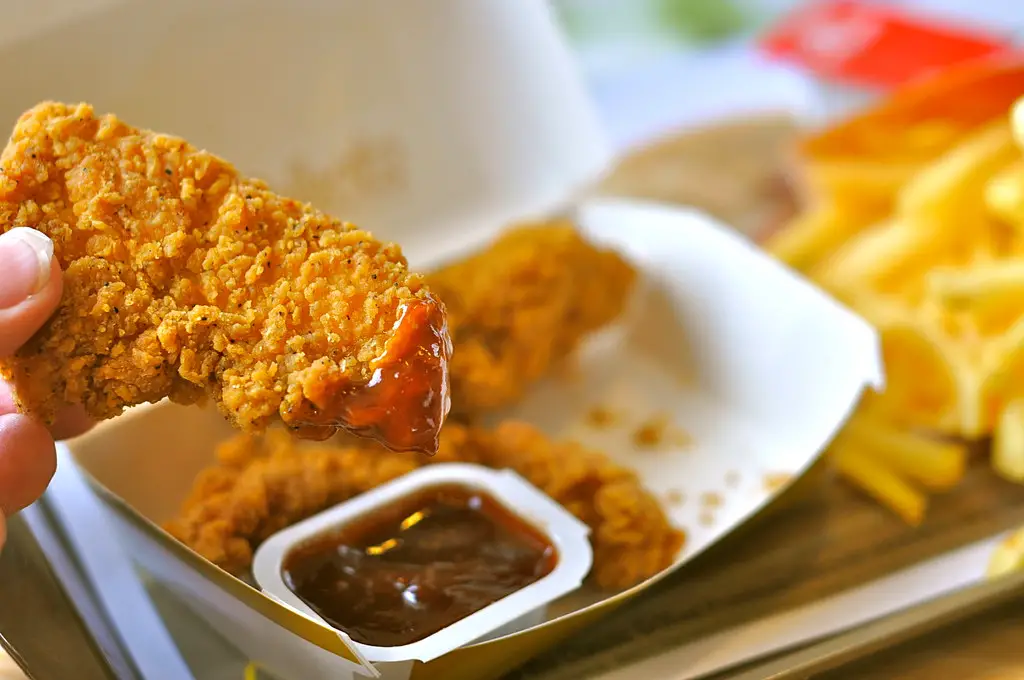
Before Chicken McNuggets became a household name, McDonald’s tested Onion Nuggets in the ’70s. These were chunks of onion, battered and fried, and while they sound like something that belongs at a county fair, they were an actual menu item at one of the world’s biggest chains. The idea was to make onions easier to eat without all the mess of rings. Unfortunately, people didn’t exactly rush out for them, and they disappeared almost as quickly as they appeared.
Looking back, it feels almost like McDonald’s was trying to invent a vegetarian nugget decades too soon. The flavor reportedly wasn’t terrible, but the odd presentation made them hard to love. Nuggets of onions don’t exactly scream “fast food innovation.” Today, they’re remembered as a quirky footnote in McDonald’s history.
2. Burger King Yumbo
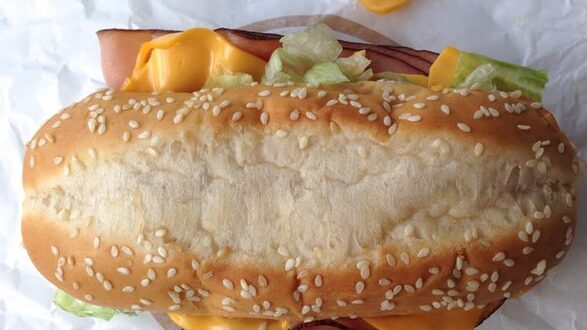
Burger King decided to serve up a hot ham-and-cheese sandwich in 1974 and gave it the very groovy name “Yumbo.” The sandwich itself wasn’t anything unusual—just sliced ham and melted cheese on a bun—but the branding is what turned heads. Customers were greeted with the odd name on menus, and ads leaned heavily into its fun, zany vibe.
While ham and cheese is a classic combo, the execution just didn’t match up to burgers and fries in terms of popularity. People couldn’t get past the silly name either, which made it feel more like a novelty than a staple. Burger King quietly dropped it by the mid-’70s, though it had a short-lived comeback decades later. Even then, nostalgia couldn’t keep it alive.
3. McPizza
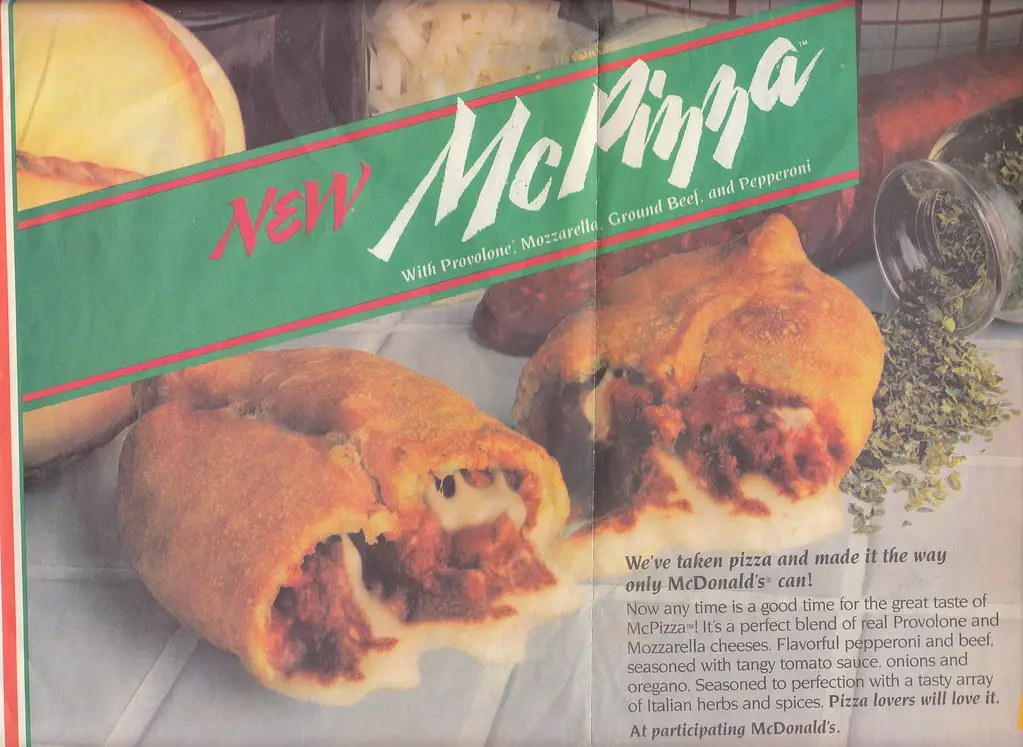
In the late ’70s, McDonald’s toyed with the idea of expanding beyond burgers and fries by experimenting with pizza. They called it McPizza, and while it might not sound shocking today, back then it was a fast food oddity. It took longer to cook than burgers, which caused chaos in the “fast” part of fast food.
Families liked the idea in theory, but the execution never worked for drive-thru culture. People weren’t willing to wait 15 minutes for a McDonald’s pizza when they could grab a burger in two. The menu item was pulled after short testing, but it remains one of those legendary experiments that sounds more like a joke than reality.
4. Taco Bell Bell Beefer
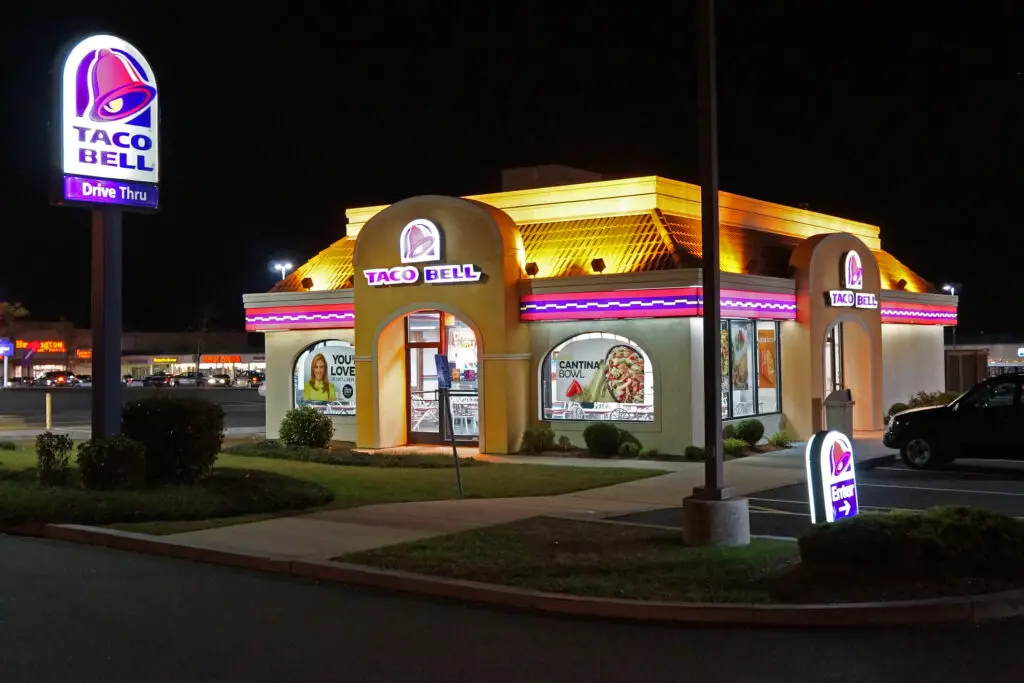
Yes, Taco Bell once sold something that was basically a sloppy joe. Called the Bell Beefer, it was just taco meat, lettuce, and cheese inside a hamburger bun. In theory, it made sense—combine the burger world with Taco Bell’s signature flavors. But in practice, it was messy and confusing.
Customers didn’t know whether to treat it like a taco or a sandwich. The flavor wasn’t bad, but the presentation left people scratching their heads. It just didn’t feel very “Taco Bell,” and fans weren’t clamoring for it. The Bell Beefer vanished in the ’80s, and today it’s mostly remembered with raised eyebrows.
5. McDonald’s Hula Burger
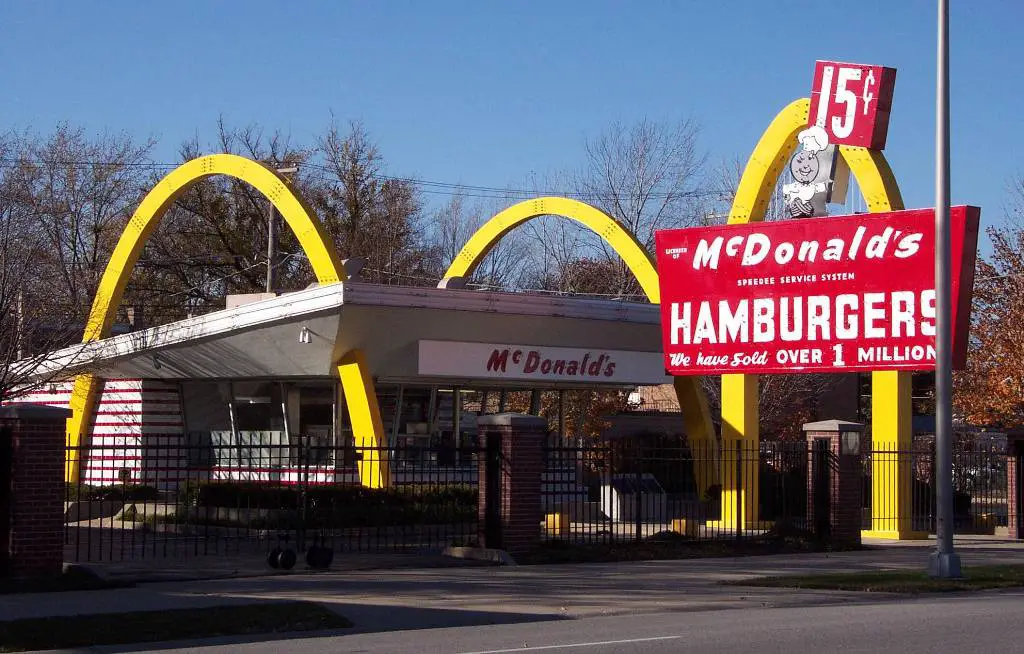
Ray Kroc once thought he could lure Catholics who avoided meat on Fridays by offering a sandwich made of grilled pineapple and cheese on a bun. This became the Hula Burger, and it debuted in the ’60s but lingered in select markets into the ’70s. The concept sounds like a bad joke even now.
Customers weren’t thrilled by hot pineapple and cheese pretending to be a main dish. They overwhelmingly preferred the Filet-O-Fish, which was introduced at the same time. The Hula Burger quickly became a laughingstock, and its failure taught McDonald’s that not every idea needed to make it past testing. Pineapple belongs on pizza debates, not as a burger replacement.
6. Burger King Whaler
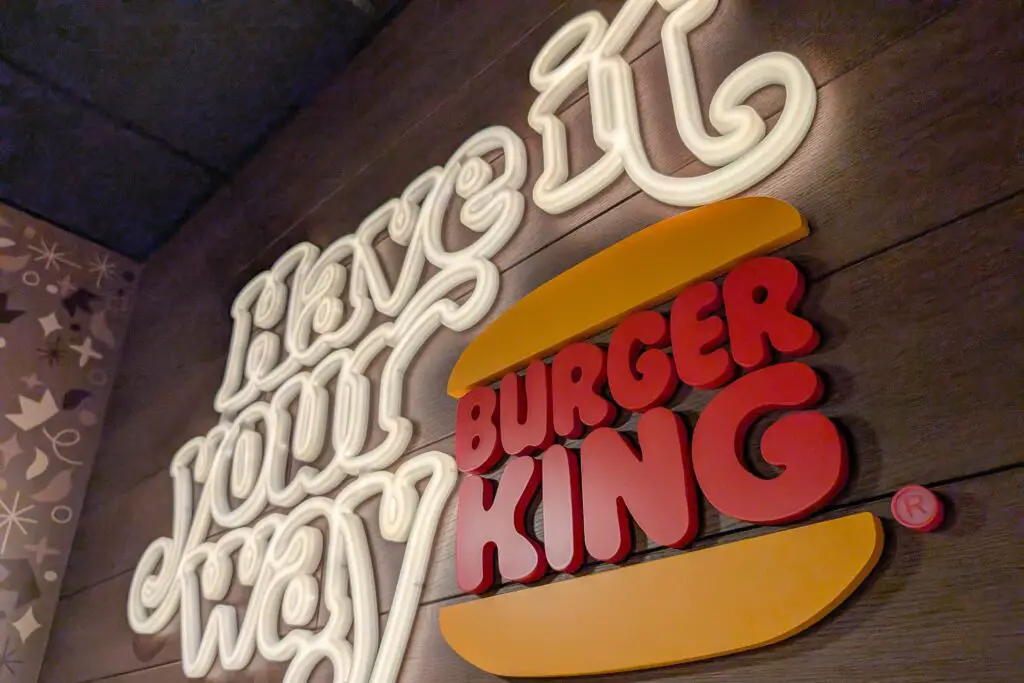
Back when fish sandwiches were seen as the next frontier, Burger King tried their own version called the Whaler. It was their answer to McDonald’s Filet-O-Fish, but the name made it sound far stranger. Instead of a fun seafood option, the Whaler sounded like something much larger than a sandwich.
Despite the unfortunate name, it wasn’t terrible—just fried fish with tartar sauce. But customers didn’t embrace it, especially when they could already get the tried-and-true Filet-O-Fish. The Whaler was rebranded a few times, but it never stuck. By the late ’70s, it was mostly gone, living on only in vintage ads.
7. Kentucky Roast Beef Sandwich
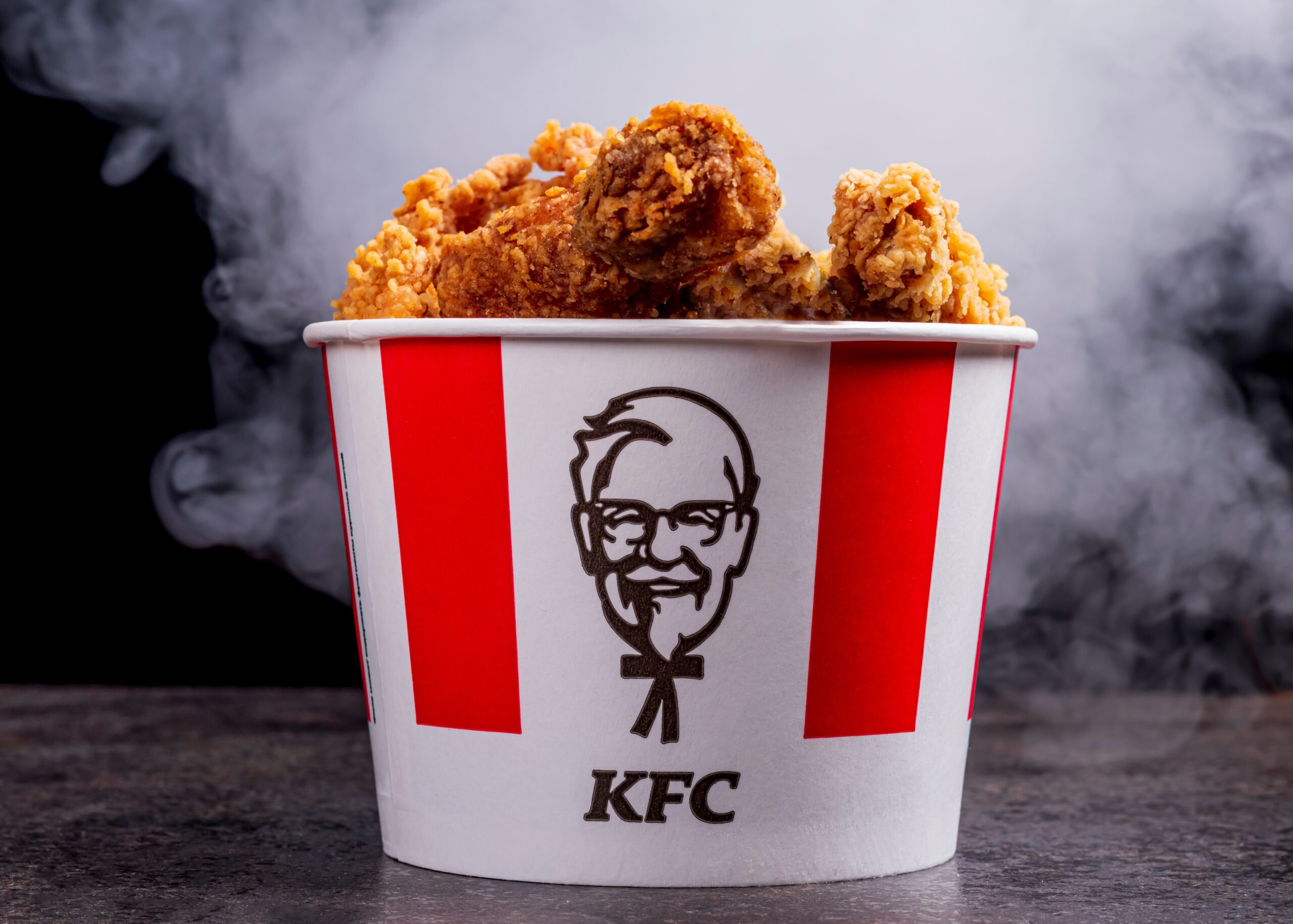
KFC wasn’t always only about chicken. In the ’70s, they introduced roast beef sandwiches, trying to compete with Arby’s. While it was technically fine, people weren’t exactly running to KFC for roast beef when their name literally stood for Kentucky Fried Chicken.
It quickly became clear that customers preferred KFC sticking to what it did best. The roast beef experiment didn’t last, and most people forgot it ever happened. Today, it sounds like something you’d expect to see in an alternate timeline. A chicken chain selling roast beef just never made sense.
8. McDonaldland Cookies
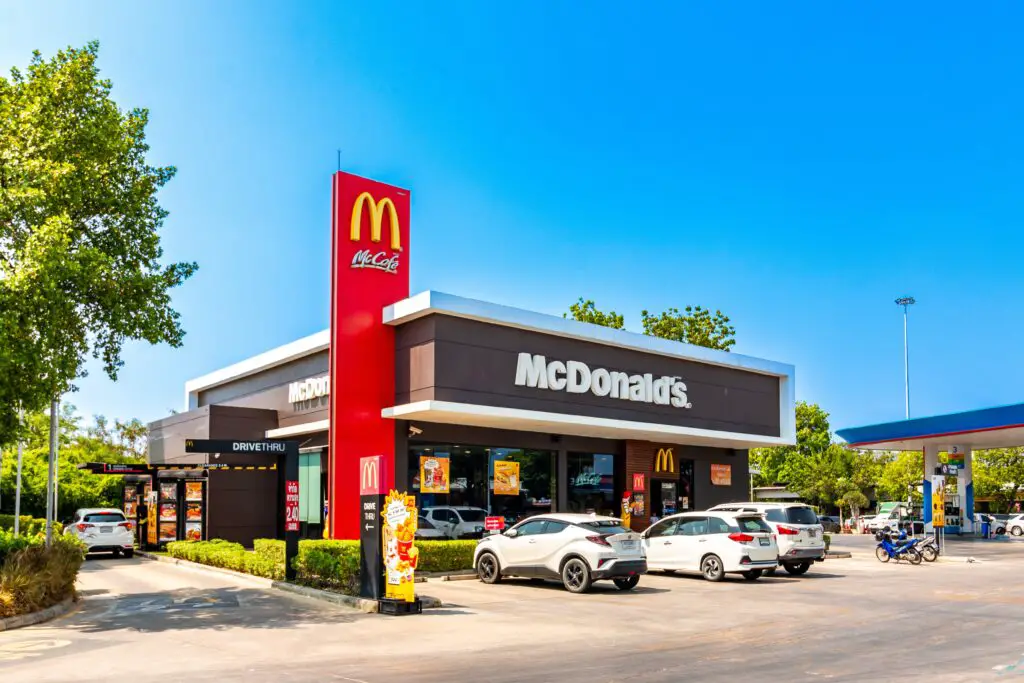
McDonald’s leaned into its colorful characters in the ’70s with little bags of McDonaldland Cookies. The cookies themselves weren’t the strange part—it was the marketing. You were eating Ronald McDonald, Grimace, and the Hamburglar in sugary biscuit form.
Kids loved them, but adults sometimes found the idea odd. The branding was so over-the-top that it almost overshadowed the product. By modern standards, it feels a little unsettling, but back then it was just part of the fun. They eventually disappeared as McDonaldland mascots faded out.
9. Taco Bell Green Sauce Tacos
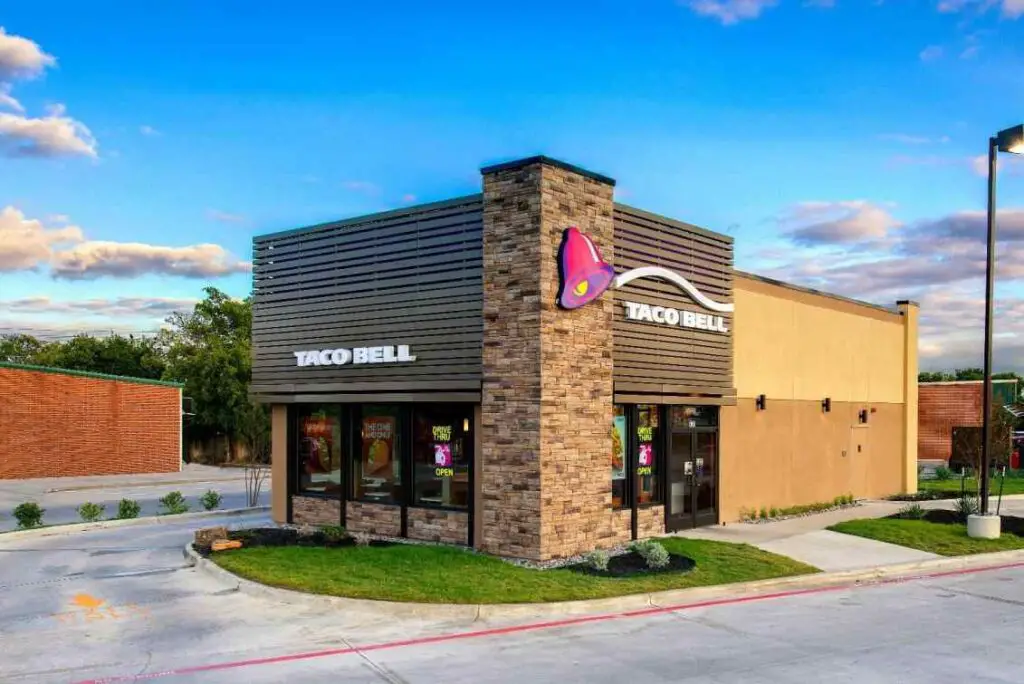
For a brief time in the ’70s, Taco Bell served tacos topped with a mild green chili sauce instead of the standard red. It was marketed as a tangy alternative that gave customers more options. The problem was, people were used to one flavor and didn’t see the need to change it.
The tacos themselves weren’t offensive, but they were confusing to loyal fans. Green sauce just didn’t feel like “Taco Bell” in that era, so the menu item was discontinued. While modern Taco Bell offers many sauces and toppings, back then it felt like a step too far. Today, it sounds more like a failed experiment than a real menu item.
10. McDonald’s Shamrock Sundae
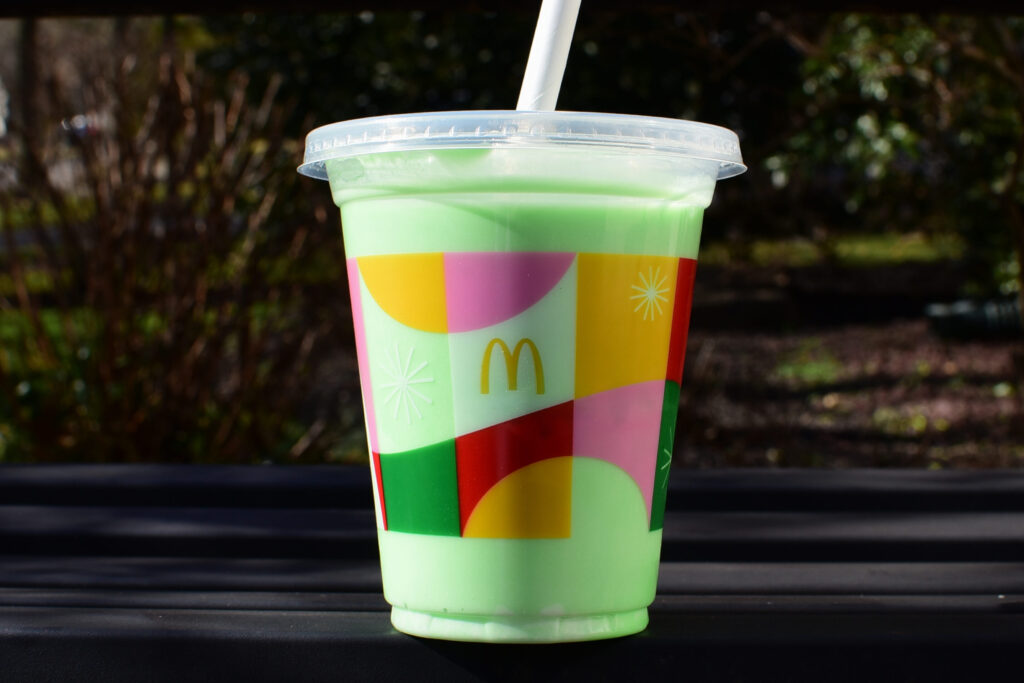
Most people know the Shamrock Shake, but fewer remember that McDonald’s once sold a Shamrock Sundae. It was vanilla soft serve topped with a bright green mint syrup. The idea was festive for St. Patrick’s Day, but in reality, it looked like dessert had been drenched in mouthwash.
Customers weren’t impressed, and the sundae lasted only a short while in the ’70s. The shake version was far more successful and remains a yearly tradition. Today, the Shamrock Sundae is one of those relics that people laugh about, wondering who ever thought it was a good idea.
11. Pizza Hut Priazzo
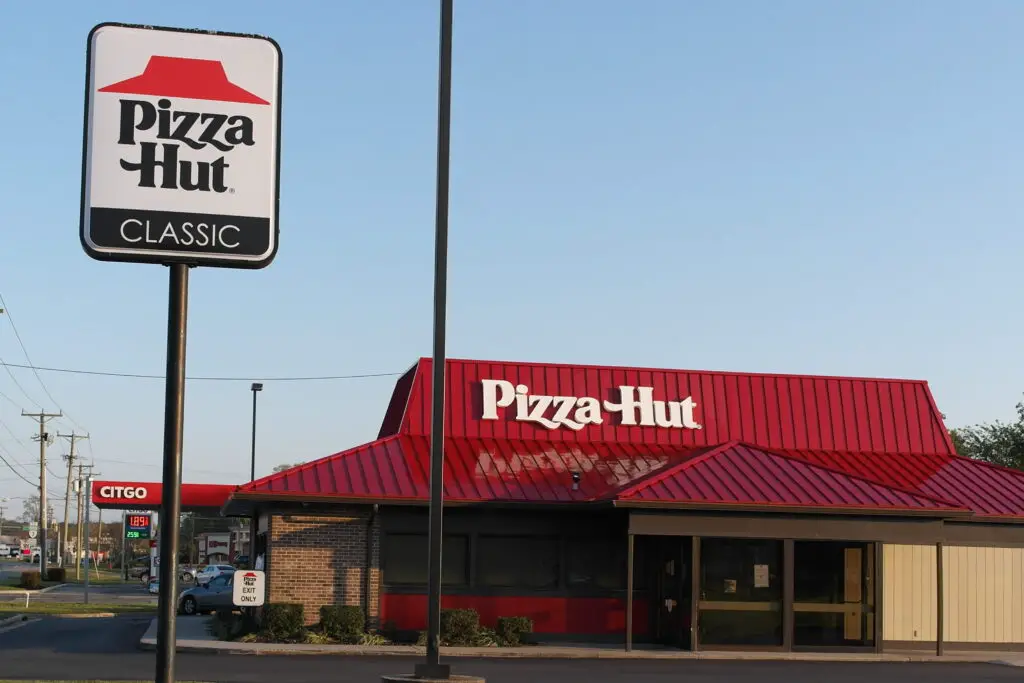
Pizza Hut got experimental in the ’70s with the Priazzo, a deep-dish pizza that was more like a pie. It was stuffed with layers of meat, cheese, and sauce, almost like a lasagna baked in pizza form. While hearty, it was extremely heavy and took much longer to cook.
Fast food customers weren’t thrilled about waiting so long for something so dense. While it had its fans, it was too impractical for the mainstream. The Priazzo faded away quietly, leaving behind confused memories. Today, people joke that it sounded like Pizza Hut was making a casserole.
12. McDonald’s McSpaghetti
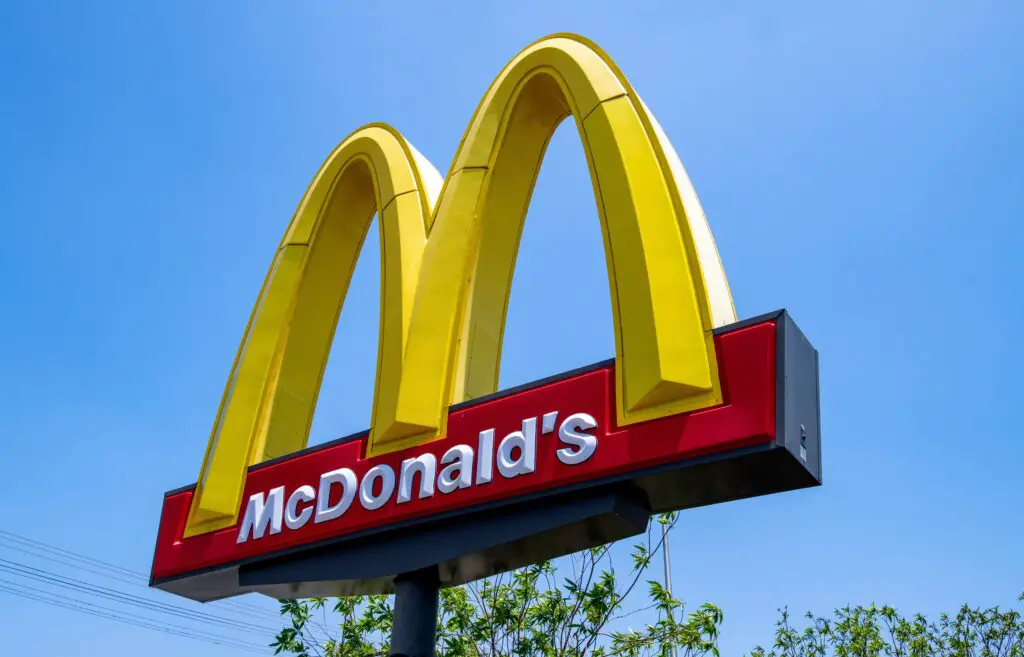
McDonald’s tried their hand at Italian food in the ’70s with McSpaghetti. It was exactly what it sounds like—pasta served in a fast food container. While it was popular in some international markets, in the U.S. it quickly flopped.
The combination of burgers and spaghetti just didn’t feel right. Families might have liked the convenience, but no one wanted to eat noodles in a burger joint. The McSpaghetti quickly became shorthand for “fast food gone wrong.” It remains one of McDonald’s most infamous attempts at menu expansion.
13. Burger King Dinner Baskets
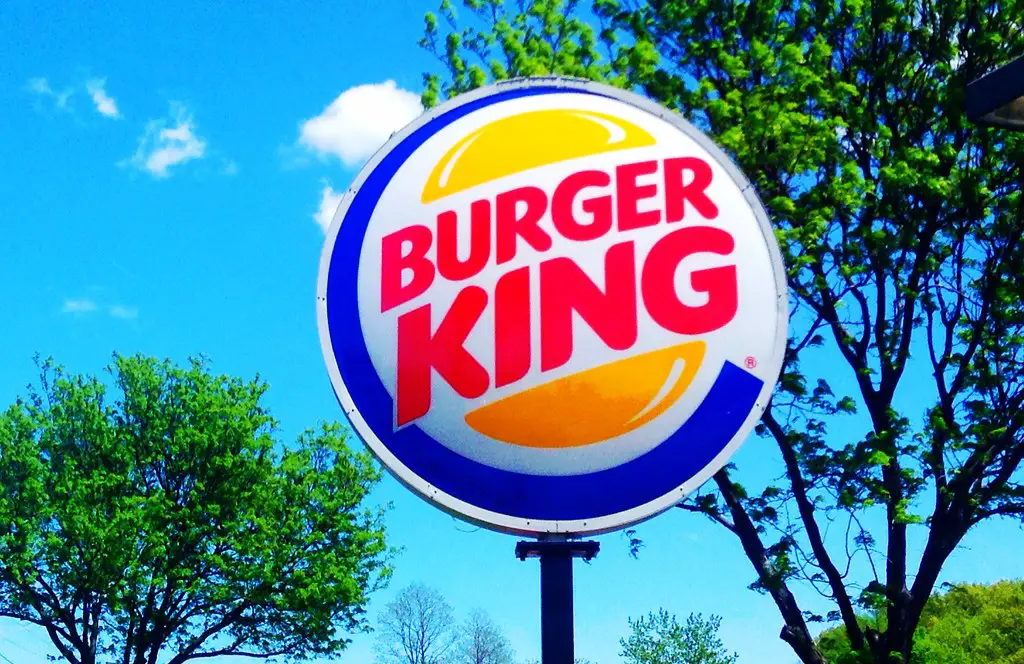
In the late ’70s, Burger King experimented with sit-down style meals called Dinner Baskets. You could get fried shrimp, steak, or chicken strips served with a side like a baked potato. It was marketed as a way to elevate the Burger King experience into a full dinner option.
The idea clashed with fast food culture, where speed and affordability were king. Customers didn’t really want to sit down for a pseudo-restaurant experience at a burger joint. The Dinner Baskets faded quickly, but their ads remain a quirky reminder of a time when chains tried to be everything at once.
14. McDonald’s McHotDog
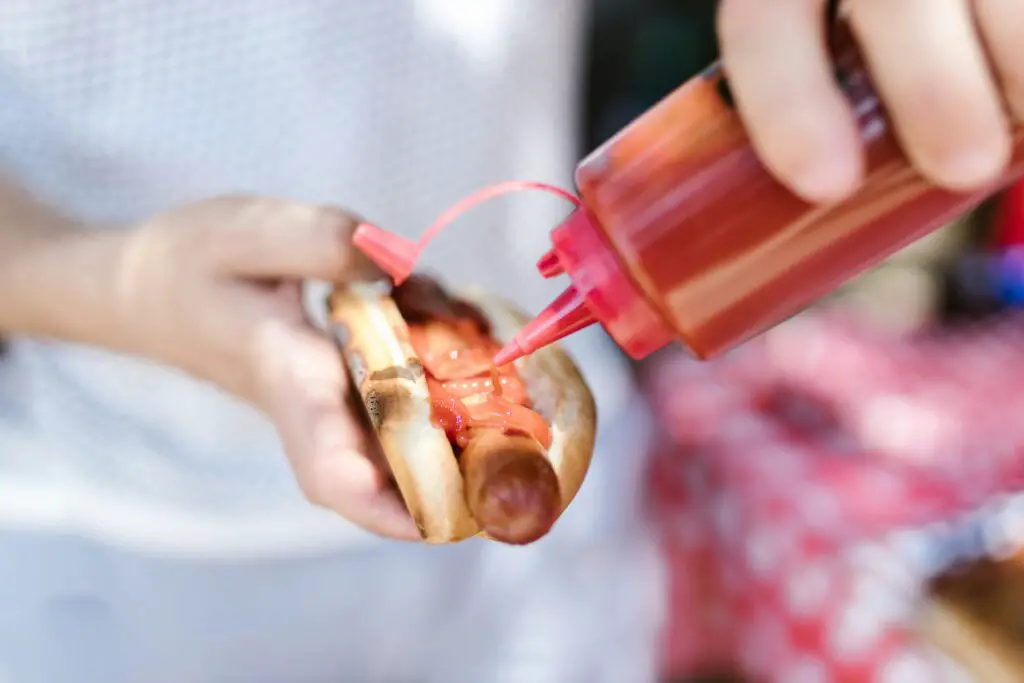
In the ’70s, McDonald’s made an unusual attempt at hot dogs, calling them McHotDogs. They thought it would broaden the menu beyond burgers, but customers weren’t convinced. Hot dogs didn’t seem to fit the brand’s identity, and the execution left a lot to be desired.
Reports said the texture and taste were nothing special, and the buns often fell apart. While hot dogs are a classic American food, they didn’t mesh with McDonald’s style of service. The McHotDog vanished quickly, leaving behind more laughter than nostalgia.
15. Taco Bell Enchirito

One of Taco Bell’s stranger inventions was the Enchirito, a mash-up of an enchilada and a burrito. It was served in a tray, covered with red sauce and cheese, and eaten with a fork—hardly the portable food Taco Bell was known for. While it had its fans, it was a messy outlier in the menu.
The Enchirito lasted longer than most oddball items but was eventually discontinued in the ’70s before making sporadic returns. Customers found it hard to eat on the go, which defeated the point of fast food. Today, it’s remembered as one of those bizarre items that makes you wonder if it was all just a joke.
